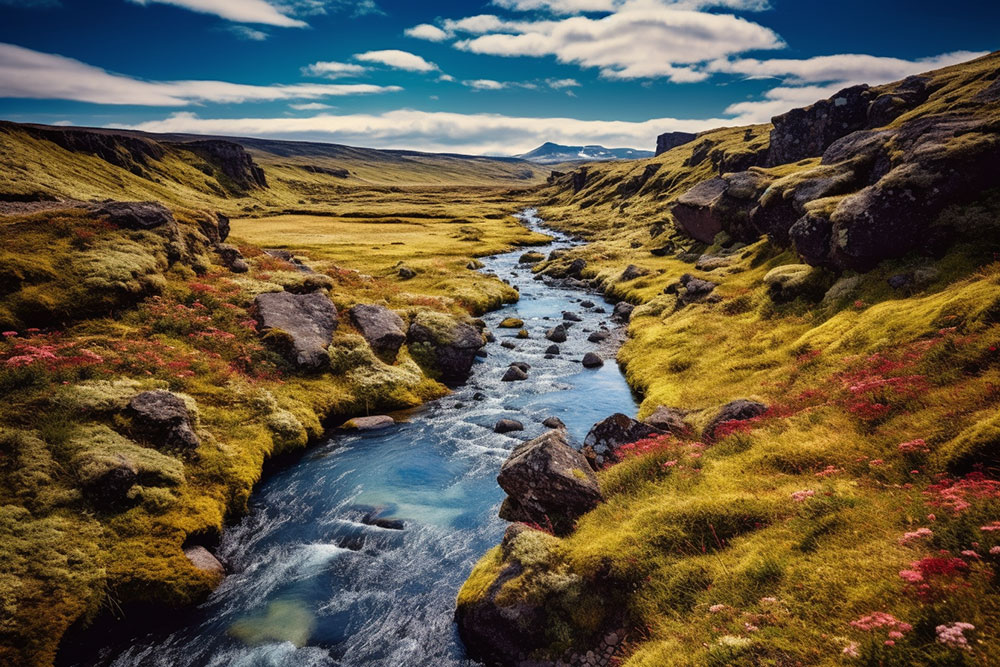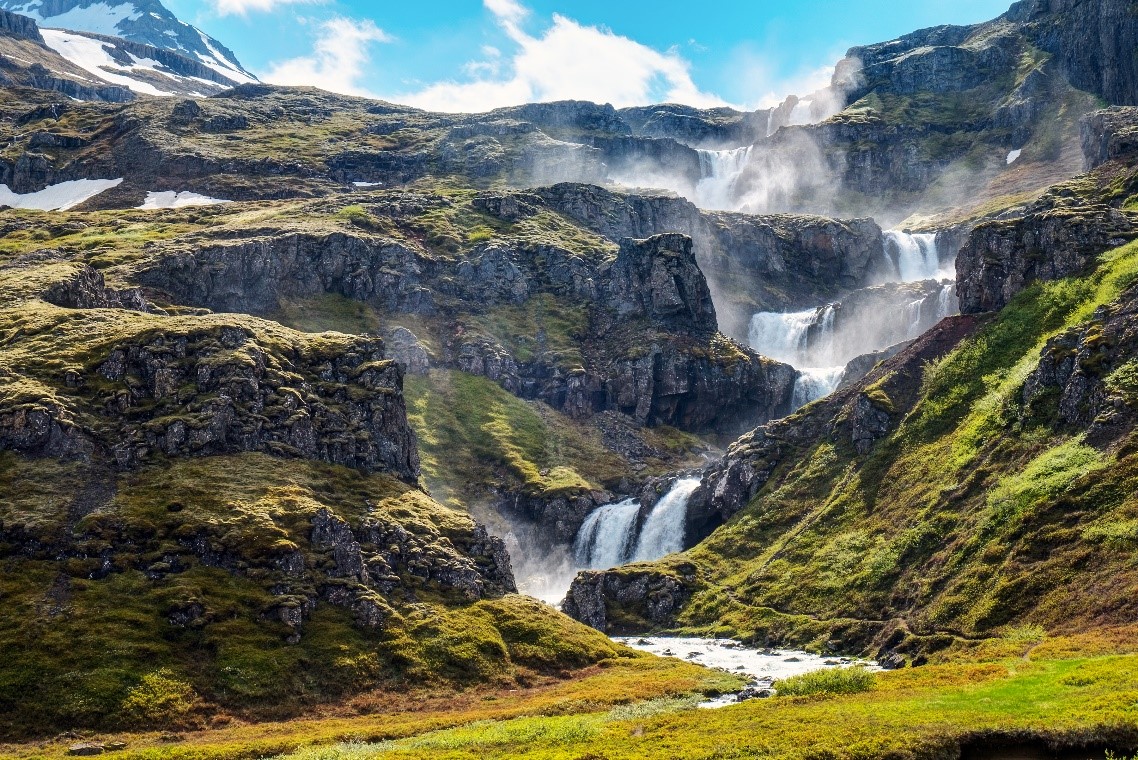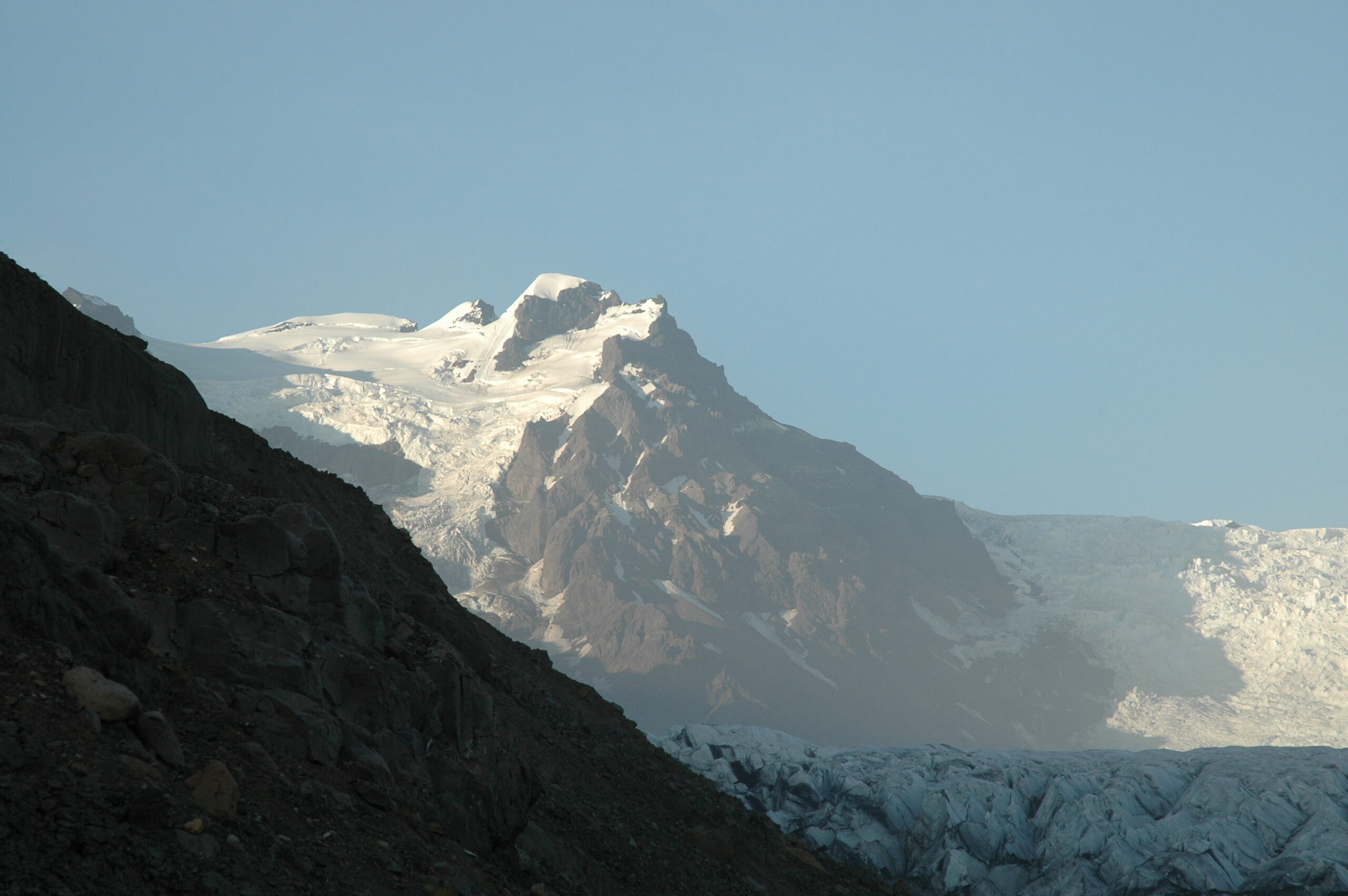About Iceland
Iceland is a European island country located midway between North America and mainland Europe
Geology and Climate
It is one of the most geologically active areas on Earth and offers visitors a unique opportunity to witness the creative forces of nature at work. With over thirty active volcanoes—and an abundance of glaciers, geysers, and waterfalls—Iceland is truly a land in formation.
The country has a population of about 390,000 and a total landmass of 103,000 km2 (39,769 sq mi), which makes it about one-quarter larger than Ireland. Two out of three Icelanders live in the Reykjavik area, the world’s northernmost capital city.
Iceland is warmed by the Gulf Stream and has a temperate climate despite a high latitude just below the Arctic Circle. The average temperature in January is 0 C (32 F). Summers are cool with an average temperature of 12 C (54 F) in July.

History and Culture
There are big differences between winter and summer daylight hours. From May to August, most of the country experiences 24-hours of daylight. Conversely, in mid-winter, expect only about four to five hours of daylight each day. Spring and fall daylight hours are roughly the same as in Europe and North America.
The settlement of Iceland began in AD 871 when the Norwegian chieftain Ingolfur Arnarson became the first permanent Norwegian settler on the island.
Icelandic culture is founded upon the nation’s Norse heritage. Most Icelanders are descendants of Norse and Gaelic settlers. Icelandic, a North Germanic language, is closely related to Faroese and West Norwegian dialects. Most Icelanders speak English as a second or third language.
Iceland is a representative democracy and a parliamentary republic. Its citizens enjoy a high standard of living and a sophisticated social welfare system.

When to Travel?
Although the months of May though September have traditionally been the most popular time to travel to Iceland, the winter months see an increasing numbers of visitors. Prices are lower and you’ll have many of the most popular areas to yourself.
Icelanders are avid Christmas and New Year’s celebrators, and the Aurora Borealis is remarkably vivid in winter. The Northern Lights season is from September to April. Most off-season visitors combine city culture with trips to the countryside. Popular winter activities include horseback riding, glacier-walking, snowmobiling, and visiting geothermal baths and spas.

